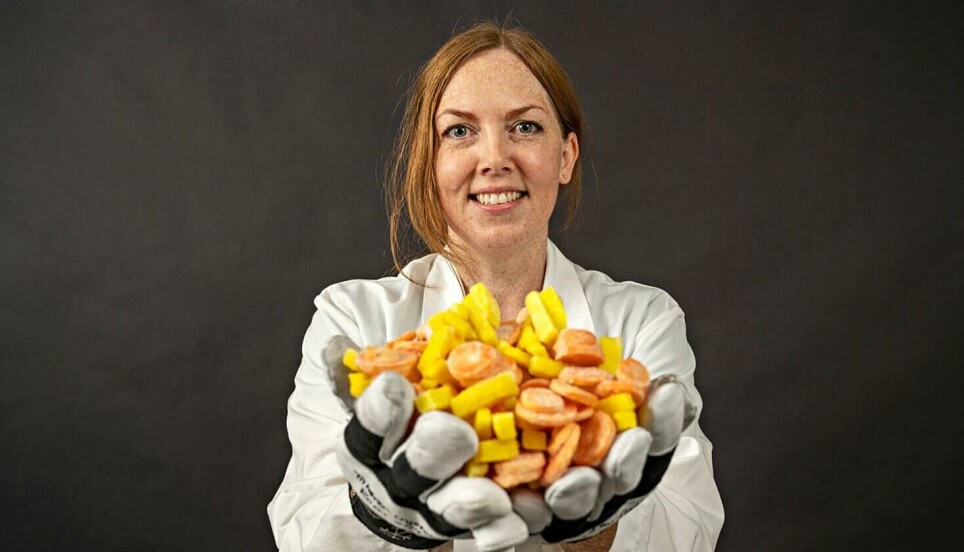THIS ARTICLE/PRESS RELEASE IS PAID FOR AND PRESENTED BY Nofima The Norwegian Institute of Food, Fisheries and Aquaculture Research - read more

By freezing vegetables quickly you preserve more of the nutrients
There is little or no difference between the nutritional content of frozen and fresh vegetables.
“Our results show that heat treatment has the greatest impact on the nutrient content, and affects especially the vitamin C content,” says scientist Sidsel Fiskaa Hagen. She has led studies on the health-related and sensory quality of vegetables in the NORFRYG project.
Texture analyses showed that frozen vegetables became softer than fresh ones after boiling, but the texture can also be affected by the cooking method. For example, boiled carrot was significantly softer than carrot that was pan-fried, steamed or heated in a microwave.
Frozen vegetables last a long time
Freezing is a good way to extend the shelf life of vegetables. If frozen industrially, they usually have a shelf life of up to 1.5 years. In order to preserve as much of the nutrients as possible, the vegetables should be frozen as quickly as possible.
“Rapid freezing gives the best results because vegetables contain a lot of water which will expand and form ice crystals during freezing. The larger the ice crystals are allowed to grow, the more damage they do to the cells – and the greater the leakage of nutrients and the loss of texture,” Hagen says.
Vegetables should also be given a short heat treatment prior to freezing so as to inactivate enzymes that can cause poor taste and loss of nutrients during freezer storage.
Tested new freezing technology
The scientists have also tested a new technology; freezing under strong magnetic fields. They compared this technology with freezing in a factory tunnel freezer and in a regular freezer. The latter simulated the type of freezing that takes place in the homes of consumers.
“In our trials, freezing at the factory produced the best end results. ‘Home freezing’ came out worst. This is probably because freezing occurs much quicker in a factory tunnel freezer than in a regular freezer,” Hagen saysl.
The scientists found no effect of adding magnetic fields during freezing.
See more content from Nofima:
-
Red algae grown in wastewater from fish-farming facilities could become sustainable salmon feed
-
Pumpkins are good for more than just Halloween decorations
-
This is how temperature affects a salmon's health and growth
-
Study: Omega-3 and zinc is a powerful duo for salmon
-
Fish may turn yellow if frozen too fresh
-
Is it better if food is packaged in plastic or paperboard?






































